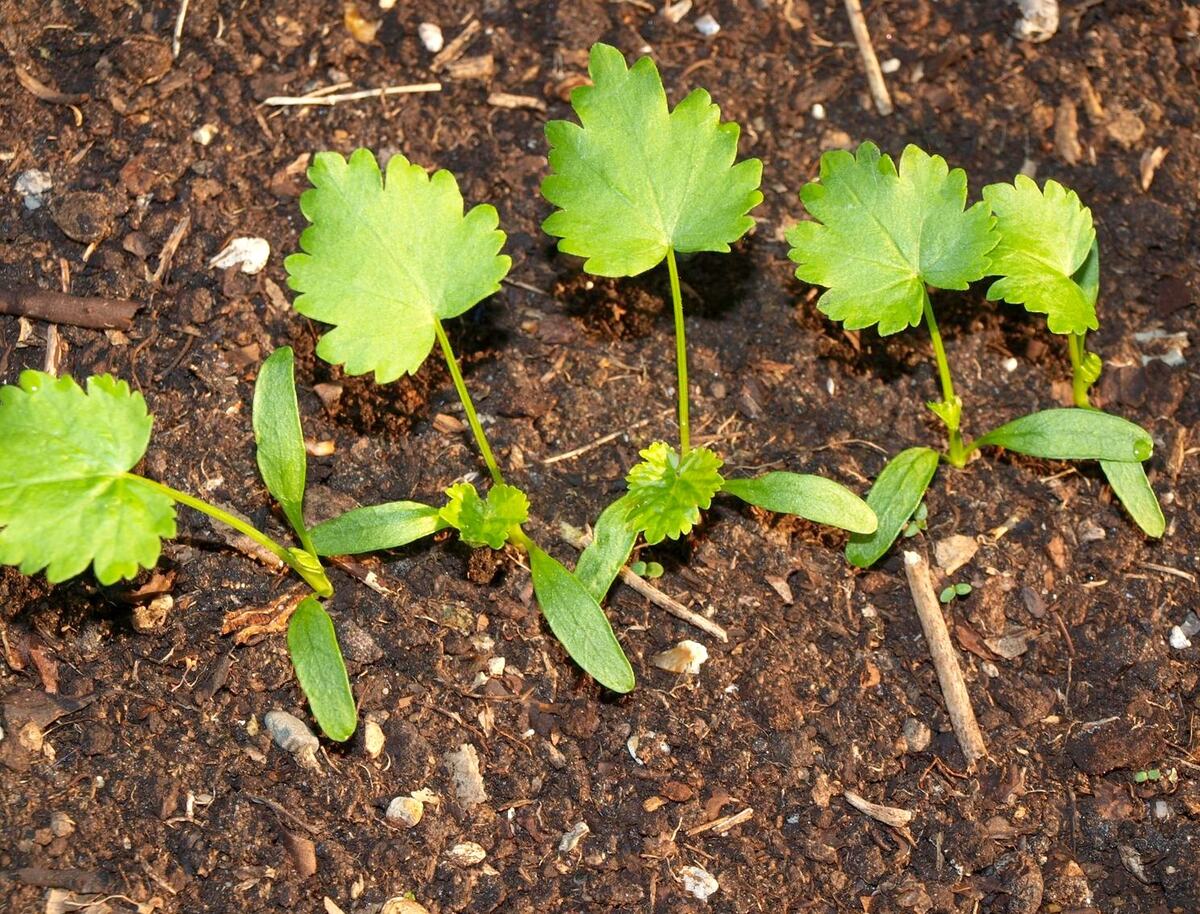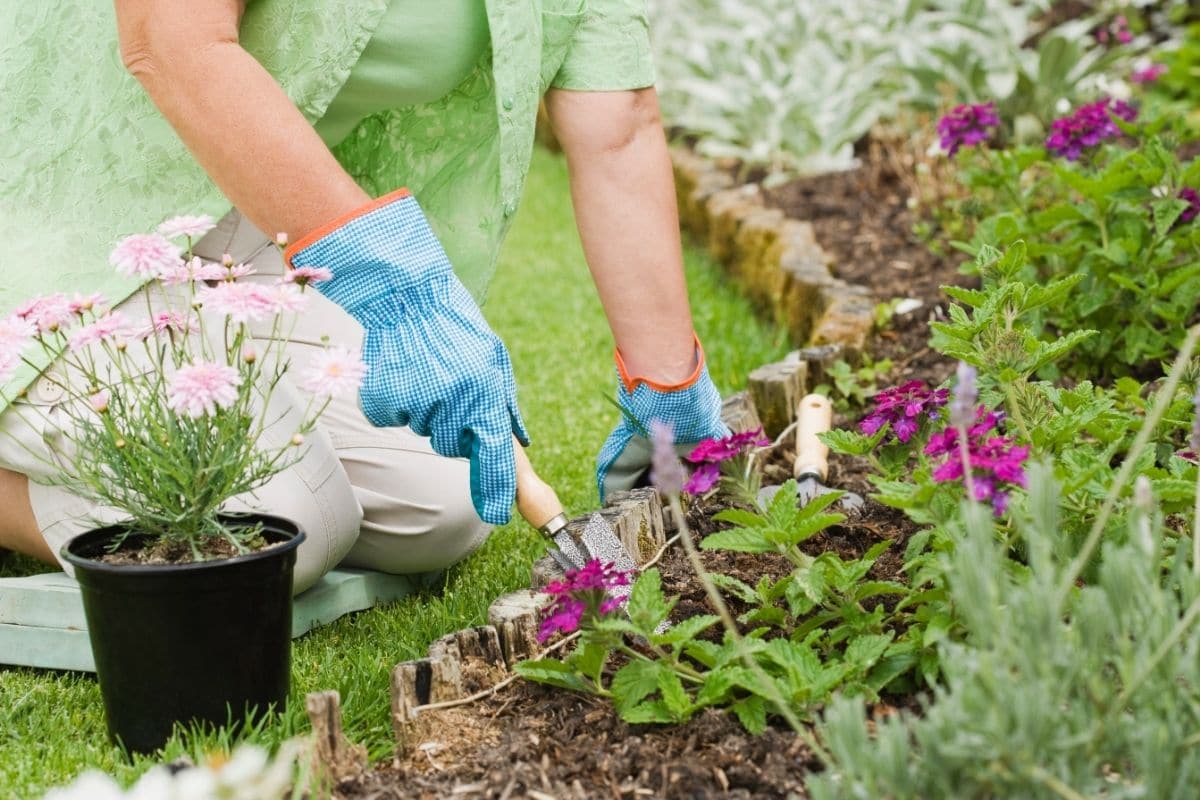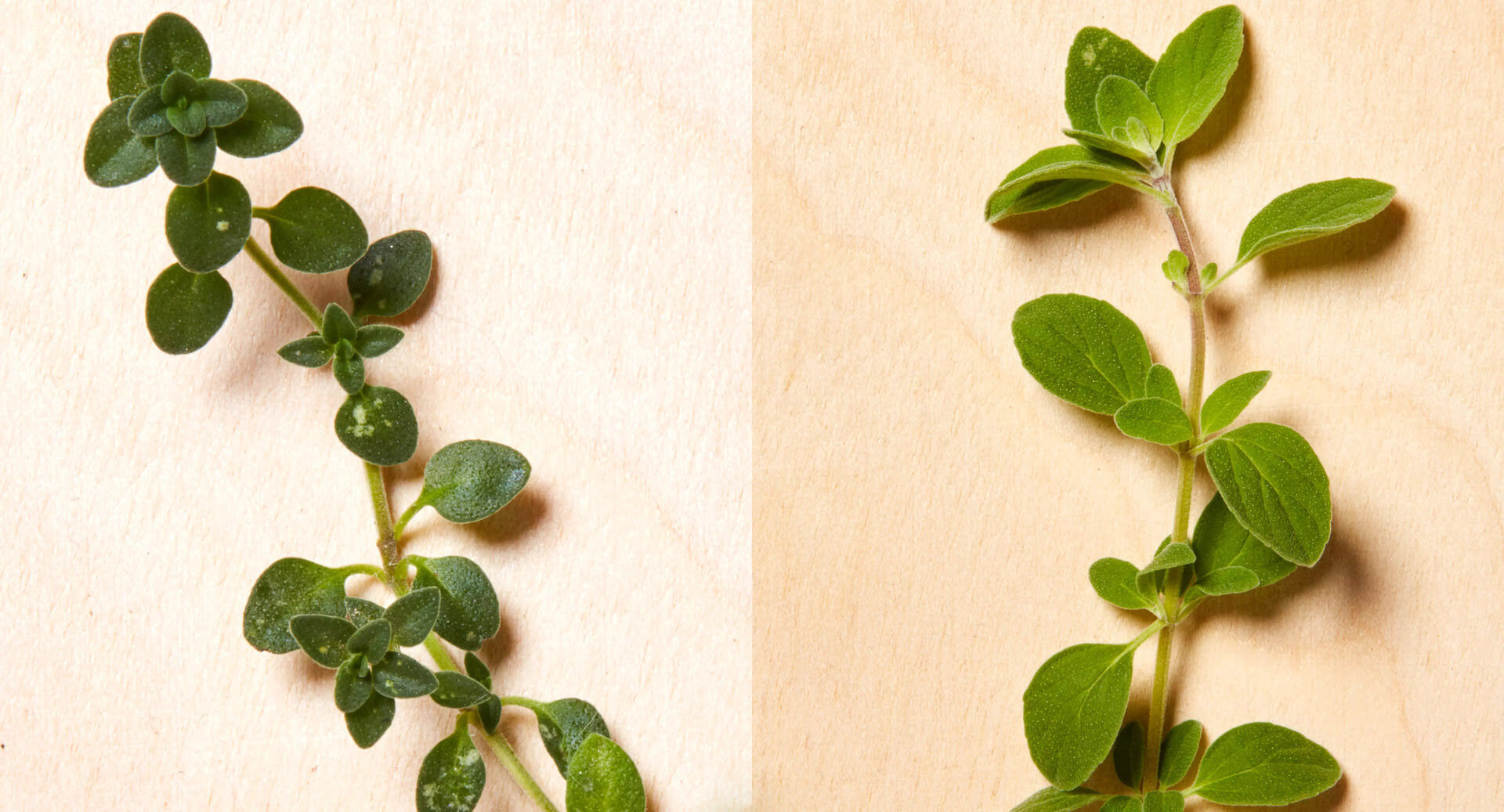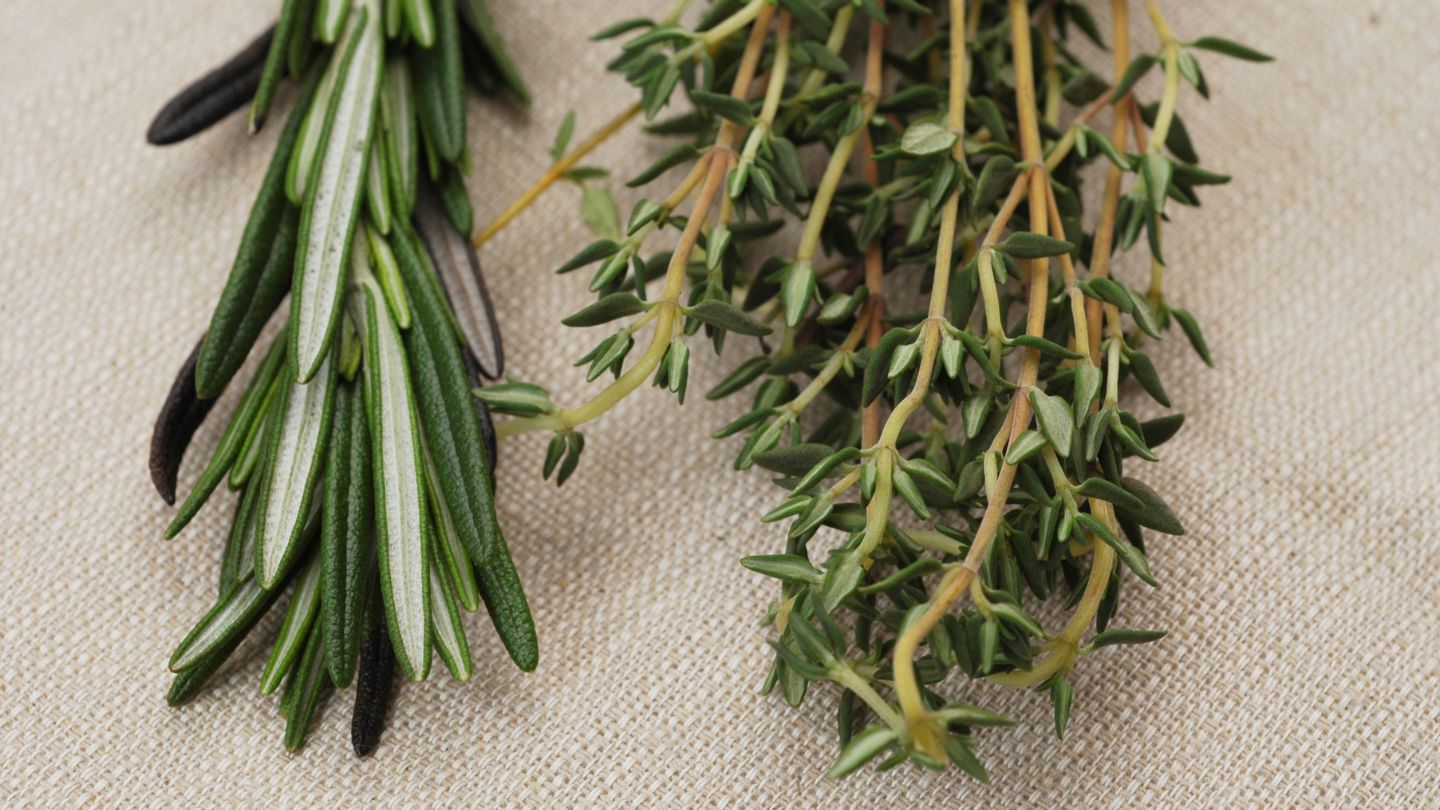Home>Gardening & Outdoor>Plant Care & Gardening Tips>How To Tell The Difference Between Weeds And Wildflower Seedlings


Plant Care & Gardening Tips
How To Tell The Difference Between Weeds And Wildflower Seedlings
Modified: January 9, 2024
Learn how to distinguish between weeds and wildflower seedlings with expert plant care and gardening tips. Keep your garden thriving with our helpful advice.
(Many of the links in this article redirect to a specific reviewed product. Your purchase of these products through affiliate links helps to generate commission for Storables.com, at no extra cost. Learn more)
**
Introduction
**
Welcome to the fascinating world of gardening! As you embark on your journey to cultivate a vibrant and thriving garden, it's essential to develop a keen eye for differentiating between weeds and wildflower seedlings. While both may initially appear similar, distinguishing between them is crucial for the health and beauty of your garden. Weeds, with their invasive nature, can quickly overtake precious garden space, while wildflowers contribute to the ecosystem and add natural charm to your outdoor space. In this comprehensive guide, we will delve into the nuances of identifying these two plant types, equipping you with the knowledge to nurture your garden with confidence. Let's explore the intricacies of distinguishing between weeds and wildflower seedlings, empowering you to cultivate a flourishing and enchanting garden sanctuary.
Key Takeaways:
- Embrace the beauty of intentional cultivation by identifying and nurturing wildflower seedlings, while effectively managing the presence of weeds for a flourishing garden sanctuary.
- Develop a discerning eye for distinguishing between weeds and wildflower seedlings, curating a vibrant and thriving garden that reflects your vision and appreciation for the natural world.
Understanding Weeds and Wildflowers
Before delving into the art of differentiating between weeds and wildflower seedlings, it’s crucial to grasp the fundamental characteristics of these two plant types.
Weeds:
- Weeds are often categorized as unwanted, invasive plants that compete with cultivated plants for resources such as sunlight, water, and nutrients.
- They have a remarkable ability to adapt and thrive in various environments, making them resilient and sometimes challenging to eradicate.
- Common weeds include dandelions, crabgrass, and thistles, among others, and they can quickly spread and take over garden beds if left unchecked.
Wildflowers:
- Wildflowers, on the other hand, are native or naturalized plants that grow and bloom in the wild without human intervention.
- They play a vital role in supporting local ecosystems by providing nectar and habitat for beneficial insects, birds, and other wildlife.
- Wildflowers contribute to the aesthetic appeal of natural landscapes and can be a delightful addition to any garden, attracting pollinators and adding a touch of untamed beauty.
By understanding the distinctive traits and roles of weeds and wildflowers, you can begin to appreciate the importance of accurately identifying them in your garden. Let’s now explore the key characteristics that will aid you in discerning between these plant varieties.
Identifying Weeds
Identifying weeds is an essential skill for any gardener. By recognizing common weed characteristics, you can effectively manage and control their presence in your garden. Here are some key features to look for when identifying weeds:
Leaf Shape and Arrangement:
Many weeds have distinct leaf shapes and arrangements. For instance, dandelion leaves are deeply lobed, while crabgrass leaves are wide and flat. Observing the size, shape, and pattern of leaves can provide valuable clues for weed identification.
Growth Habits:
Weeds exhibit diverse growth habits, including creeping along the ground, standing upright, or climbing on other plants for support. Understanding these growth patterns can aid in identifying specific weed species and implementing targeted removal strategies.
Flower and Seed Characteristics:
Some weeds produce conspicuous flowers and seeds that can assist in their identification. For example, the vibrant yellow flowers of common dandelions and the distinctive seed heads of thistles are unmistakable features that set these weeds apart from other plants.
Root Systems:
Examining the root systems of weeds can provide valuable insights. For instance, taproot systems are characteristic of plants like dandelions, while shallow, fibrous roots are common in grassy weeds such as crabgrass.
Habitat and Growing Conditions:
Understanding the preferred habitats and growing conditions of various weeds can aid in their identification. Some weeds thrive in moist, shaded areas, while others prefer dry, sunny locations. By recognizing these preferences, you can anticipate where specific weeds are likely to emerge.
By familiarizing yourself with these distinguishing features, you can become adept at identifying weeds and taking proactive measures to manage their presence in your garden. Next, we’ll explore the characteristics that differentiate wildflower seedlings from weeds, empowering you to cultivate a flourishing garden teeming with natural beauty.
When identifying seedlings, look for characteristics like leaf shape, color, and growth pattern. Weeds often have jagged or spiky leaves, while wildflowers have softer, more rounded leaves.
Identifying Wildflower Seedlings
Recognizing wildflower seedlings amidst the array of emerging plants in your garden is an exciting endeavor. These young, delicate plants possess unique traits that distinguish them from weeds and other garden inhabitants. Here are key characteristics to help you identify wildflower seedlings:
Seed Leaves (Cotyledons):
Wildflower seedlings often begin their journey with distinct seed leaves, known as cotyledons. These initial leaves can vary in shape and size, providing valuable clues about the identity of the emerging plant.
True Leaves:
As wildflower seedlings mature, they develop true leaves that differ in appearance from their cotyledons. Observing the shape, texture, and arrangement of these leaves can aid in accurate identification.
Growth Patterns:
Wildflower seedlings exhibit diverse growth patterns, with some species growing in compact rosettes while others display upright or trailing growth habits. These growth patterns can be indicative of specific wildflower varieties.
Distinctive Features:
Some wildflower seedlings possess unique characteristics that set them apart from surrounding plants. This may include the presence of fine hairs, unique leaf margins, or subtle color variations that contribute to their individuality.
Habitat Preferences:
Understanding the natural habitats of wildflowers can provide valuable insights into their early growth stages. Some wildflower seedlings thrive in sunny, open spaces, while others prefer shaded or moist environments, offering clues for accurate identification.
By familiarizing yourself with these distinguishing features, you can cultivate a discerning eye for identifying wildflower seedlings, nurturing their growth, and fostering a diverse and vibrant garden landscape. Next, we’ll explore practical tips to help you differentiate between weeds and wildflower seedlings, ensuring that your garden flourishes with the beauty of intentional cultivation.
Tips for Differentiating Between Weeds and Wildflower Seedlings
As you navigate the intricate tapestry of your garden, distinguishing between weeds and wildflower seedlings becomes a valuable skill. By combining keen observation with practical knowledge, you can confidently identify and nurture the desired plants while managing the presence of unwanted weeds. Here are essential tips for effectively differentiating between these two plant types:
Observe Growth Patterns:
Take note of the growth habits and patterns exhibited by emerging plants. Wildflower seedlings often display diverse and distinctive growth structures, while weeds may exhibit rapid and invasive growth patterns that encroach upon garden spaces.
Leaf Characteristics:
Closely examine the leaves of emerging plants. Wildflower seedlings may showcase unique leaf shapes, textures, or arrangements that differ from common weeds. Pay attention to the presence of cotyledons and the development of true leaves, as these can provide valuable clues for identification.
Refer to Botanical Resources:
Utilize botanical resources such as field guides, plant identification apps, and reputable websites to aid in the identification of emerging plants. These resources often provide detailed descriptions, images, and botanical keys to assist in accurate plant recognition.
Consider Habitat Preferences:
Take into account the natural habitat preferences of both weeds and wildflowers. Understanding where specific plants thrive can help you anticipate their presence in your garden and discern between intentional wildflower growth and invasive weed infestations.
Seek Expert Advice:
If uncertain about the identity of emerging plants, seek guidance from experienced gardeners, horticulturists, or local botanical experts. Their insights and expertise can offer valuable guidance in identifying and managing plant species in your garden.
Practice Diligent Maintenance:
Regularly inspect your garden and practice diligent maintenance to promptly address the presence of weeds and nurture the growth of wildflower seedlings. By staying attentive to emerging plants, you can intervene early and foster a thriving garden environment.
By incorporating these tips into your gardening practices, you can cultivate a discerning eye for identifying and nurturing wildflower seedlings while effectively managing the presence of weeds. With a blend of attentive observation and practical knowledge, your garden will flourish with intentional and enchanting plant life.
Conclusion
Cultivating a garden brimming with natural beauty and intentional plant life is a rewarding journey that begins with the ability to distinguish between weeds and wildflower seedlings. By understanding the defining characteristics of these two plant types and honing your observational skills, you can create a vibrant and thriving garden sanctuary. As you embark on this horticultural adventure, remember that the process of identifying and nurturing emerging plants is a delightful and enriching experience.
Developing a discerning eye for differentiating between weeds and wildflower seedlings empowers you to curate a garden that reflects your vision and appreciation for the natural world. Embrace the nuances of leaf shapes, growth patterns, and habitat preferences as you carefully tend to the emerging plants in your garden.
As you immerse yourself in the art of plant identification, remember that each weed pulled and wildflower seedling nurtured contributes to the flourishing tapestry of your garden. Embrace the learning process and celebrate the beauty of intentional cultivation as you foster a diverse and harmonious ecosystem within your outdoor space.
With a blend of practical knowledge, botanical resources, and a touch of horticultural artistry, you can confidently navigate the landscape of your garden, distinguishing between the unwelcome intruders and the promising wildflower seedlings that add a touch of untamed beauty to your outdoor oasis.
May your gardening endeavors be filled with joy, discovery, and the fulfillment of watching your garden thrive with the intentional cultivation of wildflowers and the diligent management of weeds. Embrace the journey, and let the natural allure of your garden reflect your passion for nurturing the beauty of the plant world.
Frequently Asked Questions about How To Tell The Difference Between Weeds And Wildflower Seedlings
Was this page helpful?
At Storables.com, we guarantee accurate and reliable information. Our content, validated by Expert Board Contributors, is crafted following stringent Editorial Policies. We're committed to providing you with well-researched, expert-backed insights for all your informational needs.















0 thoughts on “How To Tell The Difference Between Weeds And Wildflower Seedlings”